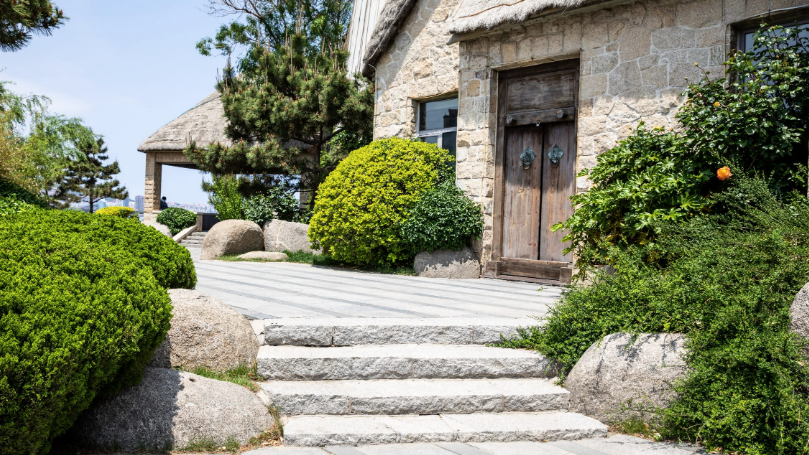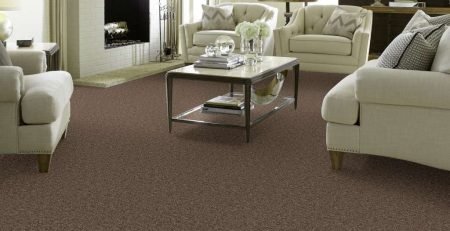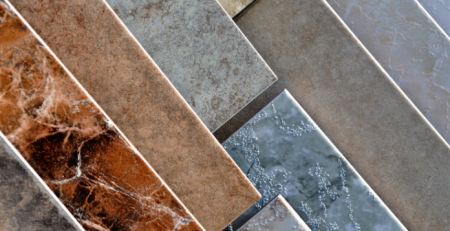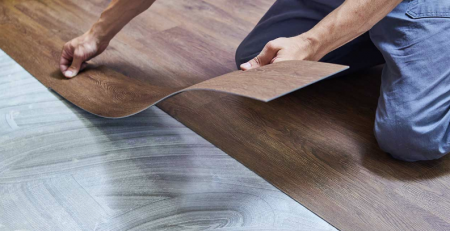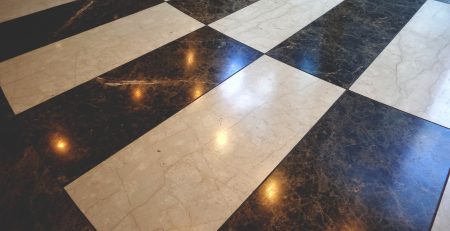Outdoor flooring renovation: types, installation and trends
Beyond the furniture, if we want to make a deeper change in our outdoor space, we can start by modernizing the floor. For patios, porches, terraces or balconies, today there are options that are very easy to install, in wood or with the appearance of it, in addition to various materials, such as natural stone or rubber floors that are ideal for spaces outside the house. Outdoor flooring renovation is actually a great change you could do to make a whole new atmosphere.
If you are lucky enough to live in a house with a patio, terrace or even garden and you are thinking about renovating outdoor flooring you should keep reading. We will talk about the reform of outdoor flooring and everything related to the types, installation and new trends.
What properties does an outdoor floor have to have?
Outdoor flooring has to meet some standards, some important properties to be functional.
The most relevant are:
- Outdoor flooring must be durable
- An outdoor floor must be resistant to the sunlight
- An outdoor floor must be able to withstand rain and even frost, depending on the season
- It is essential for an outdoor floor to be non-slip, especially if it is located in a wet area or near a swimming pool
Types of outdoor flooring
When you want to reform of outdoor flooring, the choice of pavement will depend on different factors such as: priorities, preferences and budget.
These are some of the main types of outdoor flooring:
- Outdoor Wood Flooring
Outdoor wooden floors are warm and comfortable to walk on. As a negative point, they require periodic maintenance with materials that protect them from weather and use.
- Polished concrete pavement
The polished concrete pavement is an increasingly common material in homes and not only in more industrial use. Some of its main advantages are its fast execution, its tight budget and its easy cleaning. Its durability, which increases when polished, and its minimum maintenance make it an ideal material for outdoor use.
- Outdoor ceramic flooring
Outdoor ceramic tile floors are a practical choice, resistant and durable to wear, moisture and temperature changes. They are also aesthetically pleasing and come in a wide variety. Installing ceramic outdoor flooring never fails.
- Natural stone flooring for outdoors
Natural stone outdoor flooring has many different materials: from sandstone to quartzite to slate. It is a widely used outdoor option and ideal for rustic settings. It is a material that is laid on a flexible cement base and you can choose according to the texture or color of the stone.
This allows for many variations, although for exteriors the ideal is to leave the stone as rough as possible to avoid slipping.
It is not the most economical material but if you compare the life cycle of stone versus other materials. The price can be affordable. The innovation of the industry allows us to have new finishes for different types of stone although some more classic ones such as marble never fail.
- Outdoor paving stone flooring
A classic that never fails for the reform of outdoor flooring are the cobblestone floors, usually granite. It has been used since forever because it is extremely durable and requires little maintenance. In addition, in rainy climates it is perfect, since it is permeable through its joints avoiding puddles.
How to install outdoor flooring?
To install outdoor flooring, the existing floor must be flat and leveled. It must have no cracks or fissures, and has to be as dry and clean as possible.
The laying of outdoor flooring during renovation will depend on the type of flooring. For example, ceramic tile flooring is laid with flexible high-adhesion adhesive cement. Outdoor wooden floors can be laid with planks that form platforms or with tiles. The laying type platform is done with the help of battens as supports so that the wood does not touch the floor directly.
New trends in outdoor flooring
We can find some new trends in the flooring industry that might catch your eye:
- Use of new flooring materials.
- Laying of paving pieces in different tones forming gradients.
- Use of new formats such as hexagonal pieces.
- Use of ceramic, clay or marble pieces of extra-large format.
- Use of pieces with reliefs.
- Attempt to mimic the pavement with the landscape.

